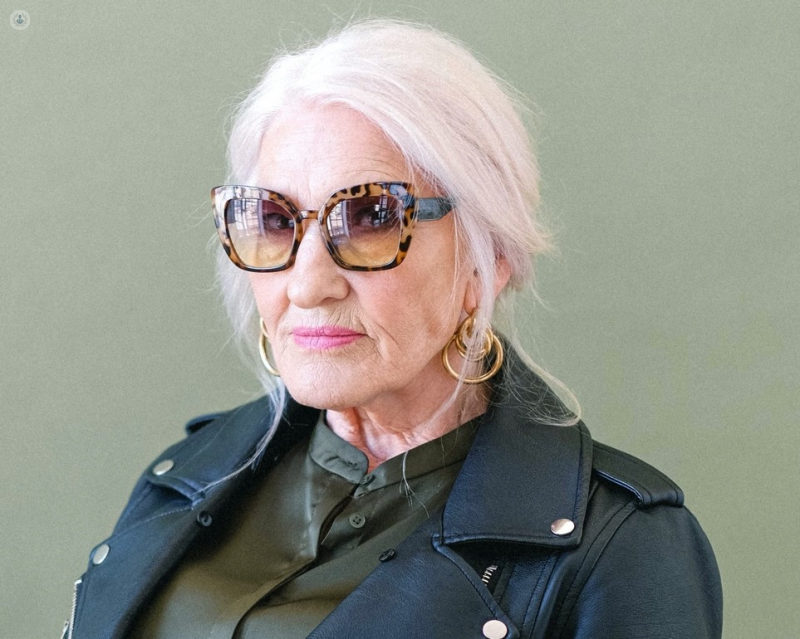What to expect from earlobe reduction surgery
Written by:Have you been big on heavy dangling earrings over the years and feel as though your earlobes are beginning to look a bit droopy? Whether you’ve been sporting Pat Butcher-esque jewellery or not, the ageing process catches up with us all. Luckily, there’s highly effective surgery to help resolve ear droop dilemmas that take a toll on our self-confidence.

Miss Katherine George is highly experienced in perfecting the appearance of our earlobes—an often overlooked but essential part of facial aesthetics. When it comes to maxillofacial and facial plastic surgery, Miss George offers comprehensive care. Read on as she explains how earlobe reduction surgery is carried out, how successful the procedure is and what aftercare is often recommended.
How is earlobe reduction surgery performed?
Earlobe reduction surgery is performed to reduce the size or recontour the earlobes creating a more youthful look. Earlobes come in all sizes, and may naturally largen and lengthen as we age, or stretch after years of wearing heavy earrings.
The procedure is often performed at the same time as other cosmetic procedures, such as facelifts. However, it is a small procedure, which can be carried out on its own under a local anaesthetic as an outpatient. It takes approximately 45 minutes and small injections are placed into the earlobes so that they go completely numb.
The planned shape of the earlobe is marked and the redundant skin is removed. The next step is to close the skin with stitches and reattach the earlobe to the side of the cheek so that the shape and size of the earlobe are in balance with the face. Some of the stitches dissolve away over a couple of weeks and these are usually below the skin surface. These support the soft tissues as the skin heals. Another layer of stitches is placed across the skin edges and these are usually made of a material that does not dissolve away. These need to be removed the following week at a review appointment.
What aftercare is recommended for those who undergo earlobe reduction surgery?
Unlike an otoplasty, which is performed when the cartilage part of the ear (known as the pinna) is pinned back, you will be able to leave shortly after having earlobe reduction. A head bandage is not usually required and instead, a sports headband is often enough to gently support the ears especially at night.
Resting for a few hours after surgery is advised, and sitting or lying with the head elevated can help reduce the post-operative swelling. The procedure is not very painful in the majority of cases but, If necessary, paracetamol or ibuprofen might be advised. You can usually return to work a few days following the procedure but it is important to be careful to avoid any damage to the wounds, particularly when dressing.
What are the risks of this procedure?
This is a fairly simple procedure and there are few risks. However, in keeping with all operations, bleeding, swelling, infection and discomfort are possible. The risk of infection is low and antibiotics are not usually required.
How successful is earlobe reduction surgery?
Normally the earlobes do not grow perfectly symmetrical and there is no guarantee of perfect symmetry following the procedure. As you age, the ears continue to grow and an earlobe reduction procedure does not protect against this. These are important things to consider before deciding if the procedure is right for you.
If you are interested in having earlobe reduction surgery, we recommend booking an appointment with Miss Katherine George, a highly experienced maxillofacial and facial plastic surgeon. Click here to book an appointment with her today.


